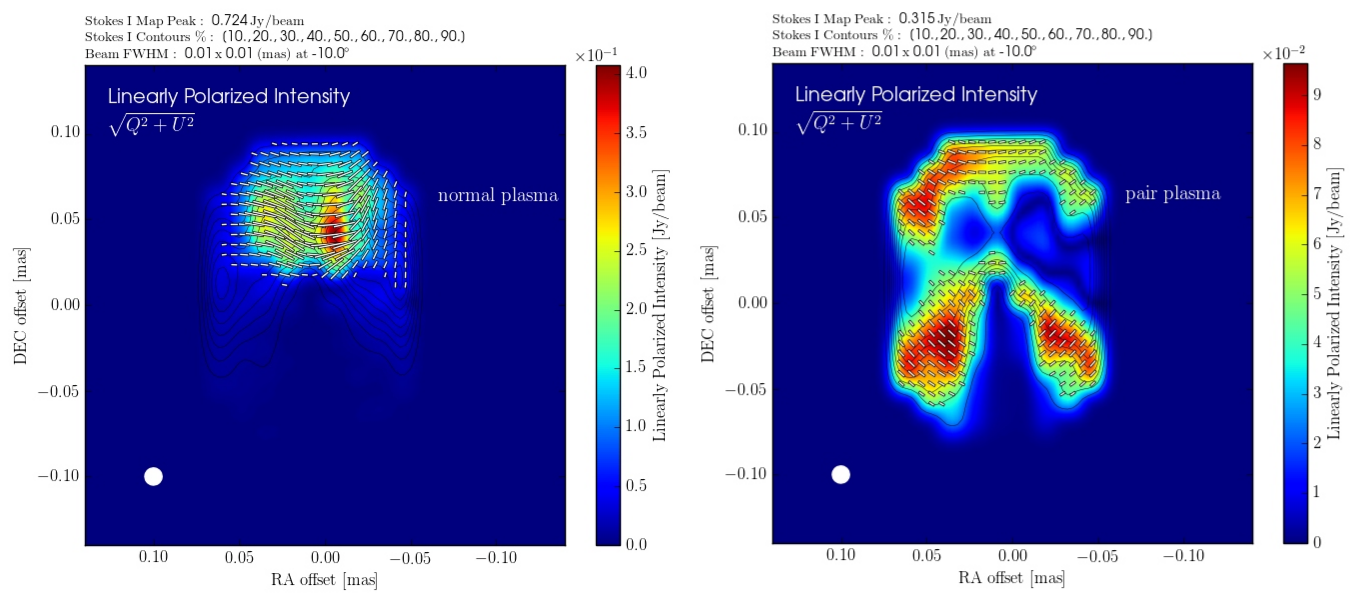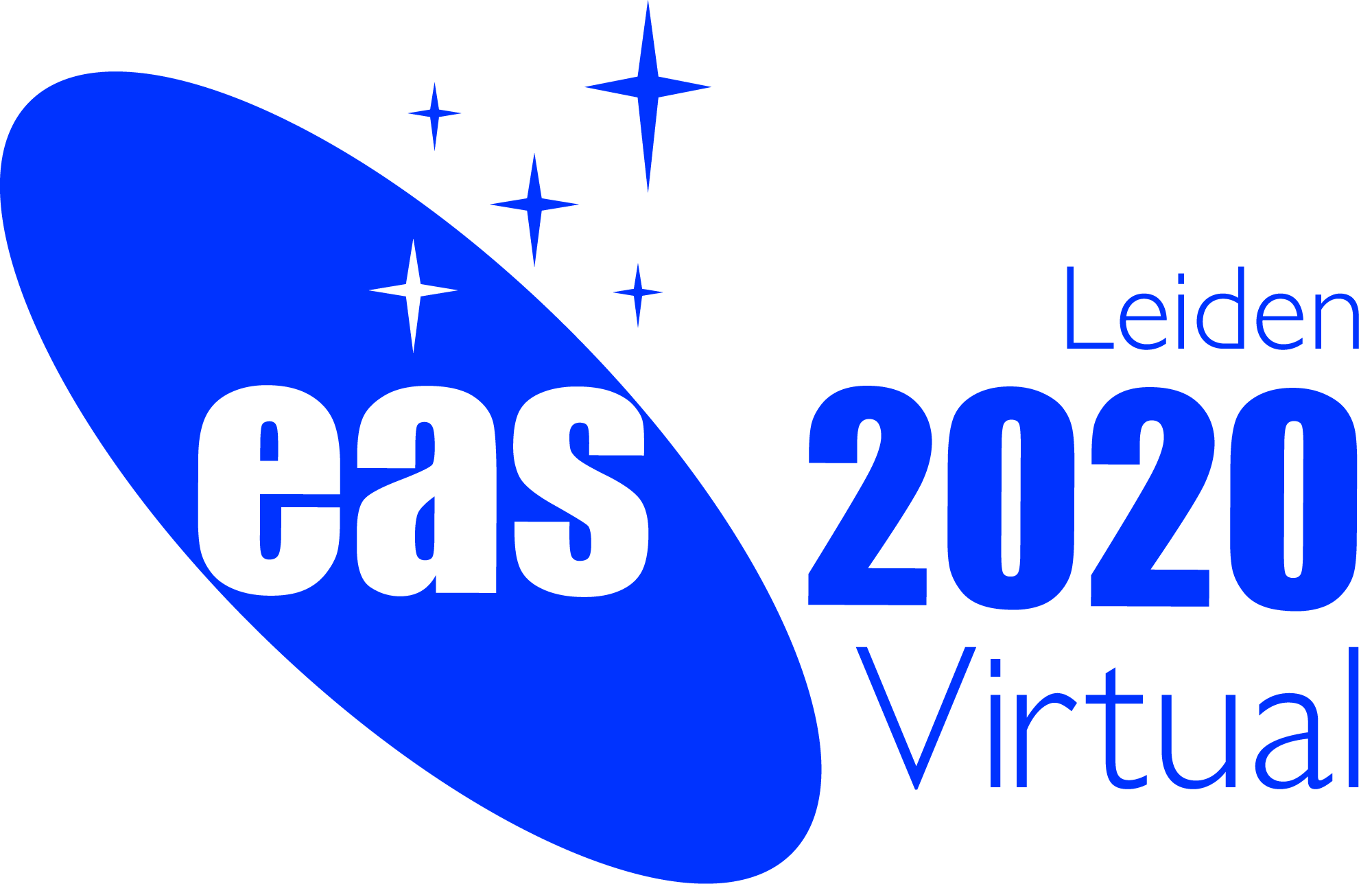Special Session SS6
30 June 2020
Multiwavelength polarization of blazar jets
Aims and scope
 Blazars are among the most intriguing and consistently bright objects in the observable Universe. They are the most extreme class of active galactic nuclei with powerful relativistic jets that can extend out to kpc-scales from the central engine. Despite decades of systematic study of their emission across the electromagnetic spectrum we still lack a basic understanding of their intrinsic jet physics and the physical processes occurring within the supermassive black holes that power them. The origin of the high-energy emission from within blazar jets remains largely unknown and is highly debated within the literature. Although high-energy polarization promises to solve this mystery, so far there have not been any missions capable of such polarization measurents.
Blazars are among the most intriguing and consistently bright objects in the observable Universe. They are the most extreme class of active galactic nuclei with powerful relativistic jets that can extend out to kpc-scales from the central engine. Despite decades of systematic study of their emission across the electromagnetic spectrum we still lack a basic understanding of their intrinsic jet physics and the physical processes occurring within the supermassive black holes that power them. The origin of the high-energy emission from within blazar jets remains largely unknown and is highly debated within the literature. Although high-energy polarization promises to solve this mystery, so far there have not been any missions capable of such polarization measurents.
The Imaging X-ray Polarization Explorer (IXPE) will soon be the first high-energy polarization mission, with many additional possible missions to come (e.g., eXTP, AMEGO, eASTROGAM), ushering in a new era of multiwavelength polarization observations. However, high-energy polarization is only one piece of a much larger puzzle. In order to understand the high-energy emission processes in blazars, a multiwavelength approach both to observations and theory/simulations, is crucial. The goal of this special session is to bring together theorists and observers working on blazar polarization to facilitate the building of collaborations that will allow us to tackle major future challenges in this multimessenger era.
Programme
- Multiwavelength polarization
- Jet simulations
- Polarization variability
- Magnetic field structure
- Polarized pc/kpc scale structure
Invited speakers
- E. Lindfors (University of Turku)
- G. Matt (UniversitÓ degli Studi Roma Tre)
- S. O'Sullivan (University of Hamburg)
- T. Venters (NASA/GSFC)
- H. Zhang (Purdue University)
- M. Moscibrodzka (Radboud University)
Scientific organisers
I. Liodakis (Stanford University), V. Pavlidou (University of Crete), D. Blinov (University of Crete), C. Casadio (Max Planck Institute for Radio Astronomy), T. Hovatta (University of Turku), N. MacDonald (Max Planck Institute for Radio Astronomy).
Contact
I. Liodakis (ilioda @ stanford.edu)
Updated on Mon Jan 20 00:00:02 CET 2020
|

 A power cut will shut down all EAS services on Tuesday, 10 January 2017 starting at 7:30 CET.
A power cut will shut down all EAS services on Tuesday, 10 January 2017 starting at 7:30 CET.



